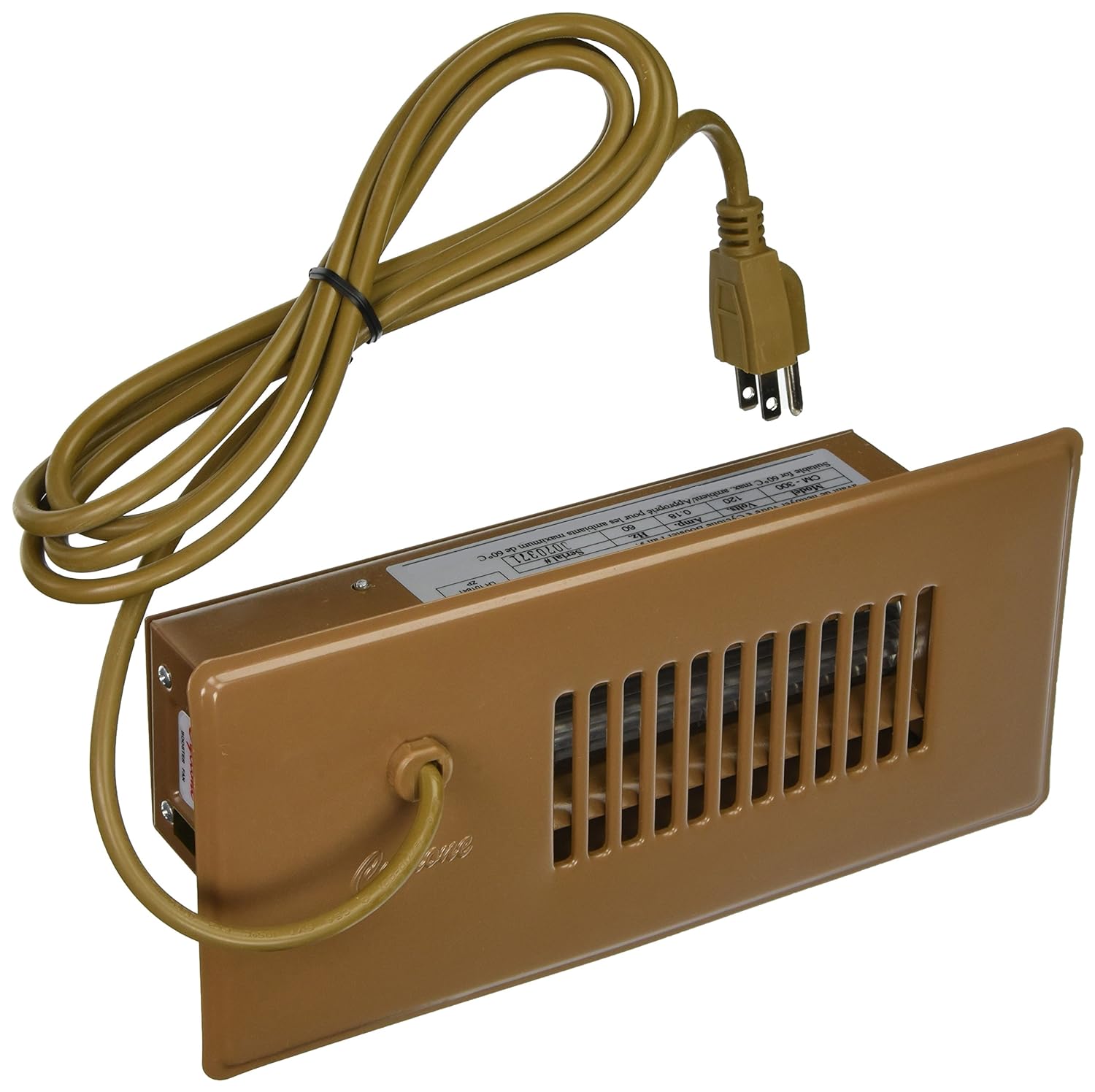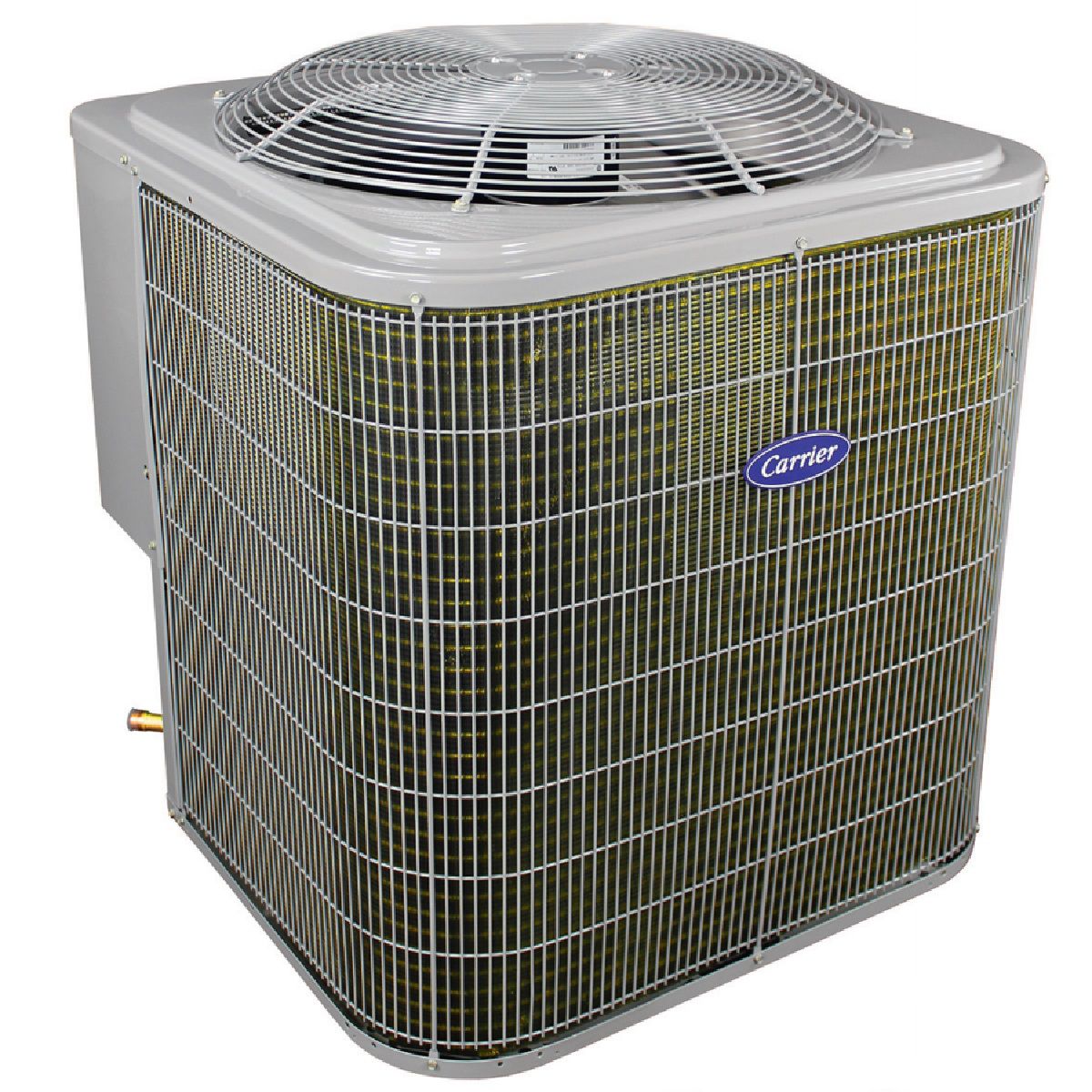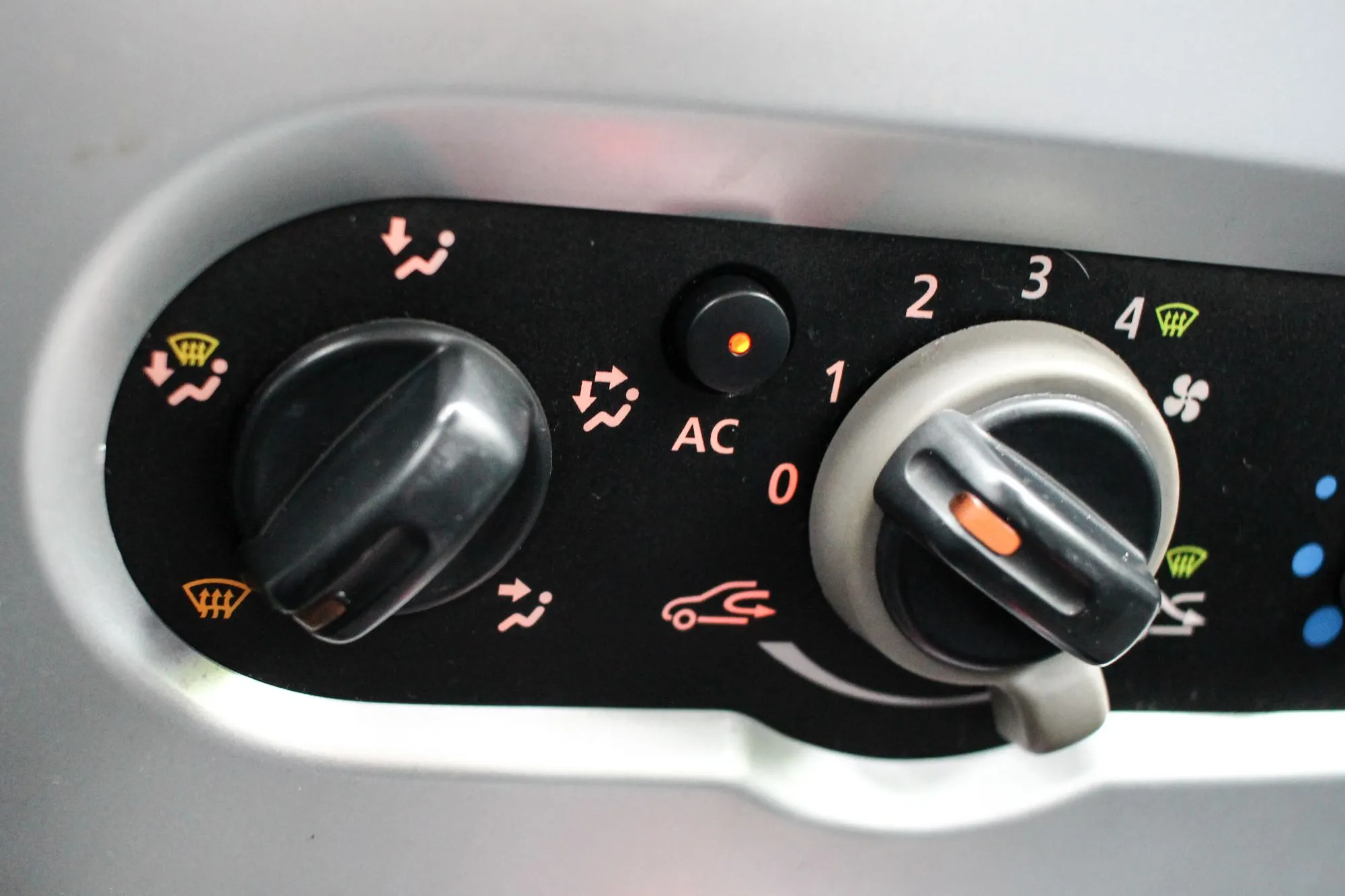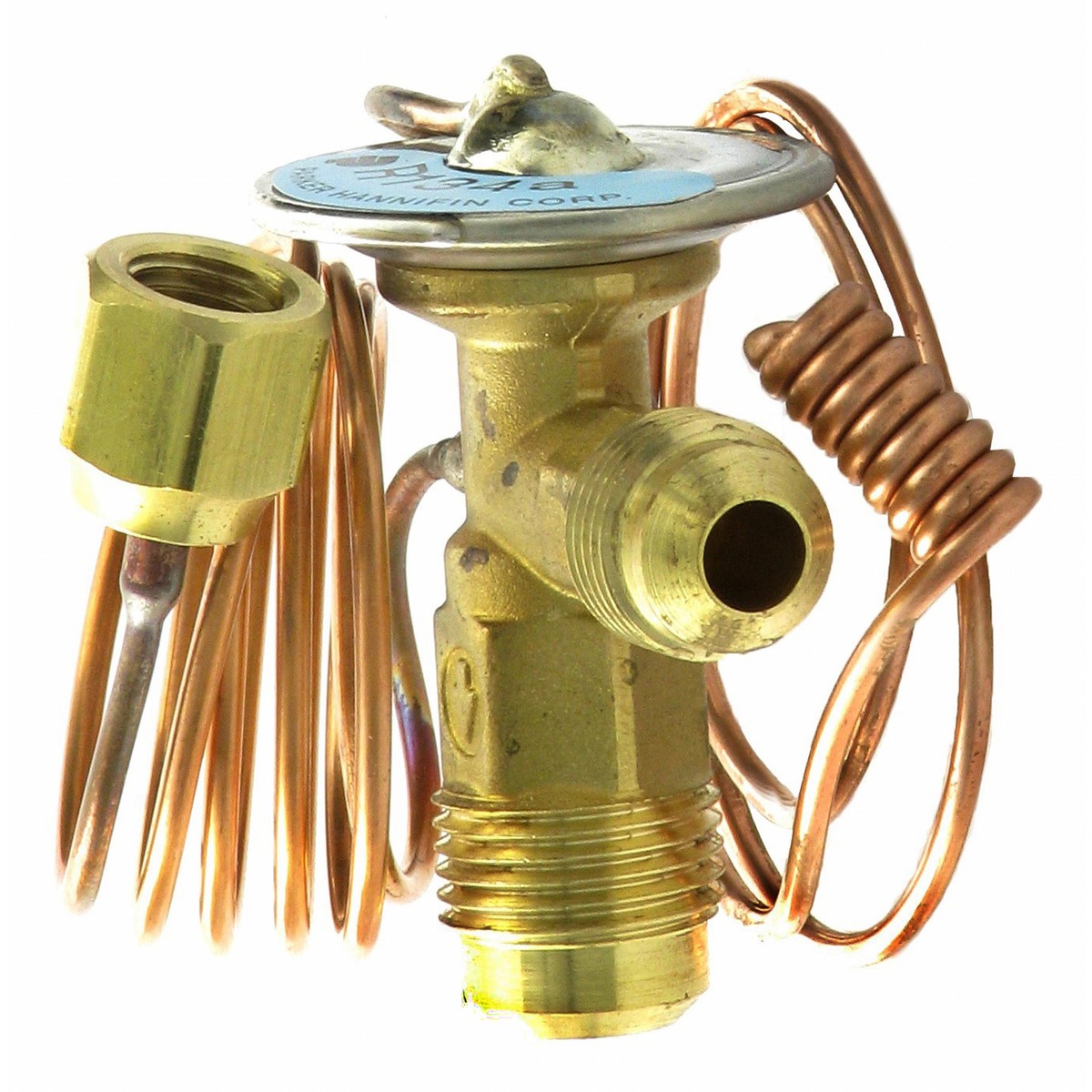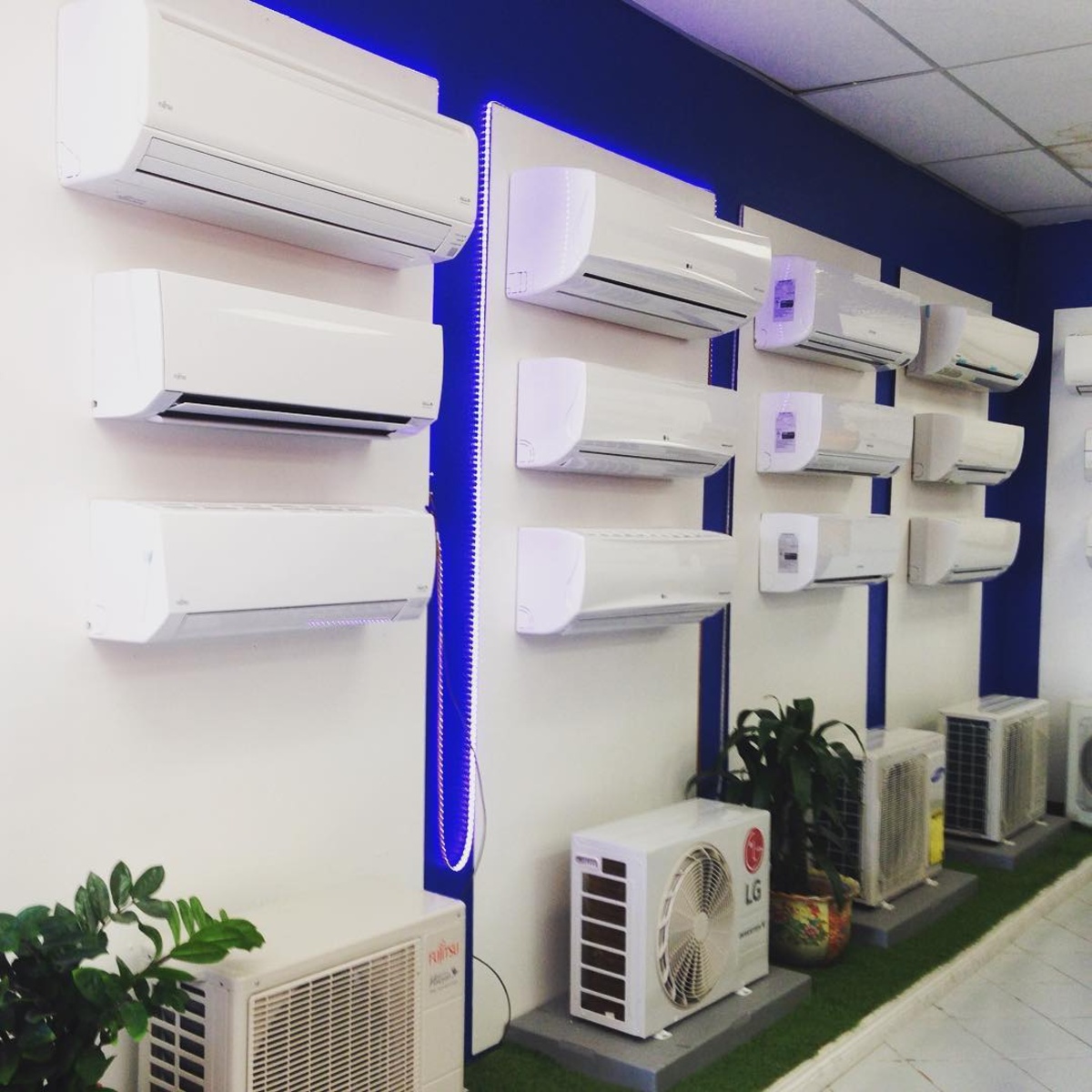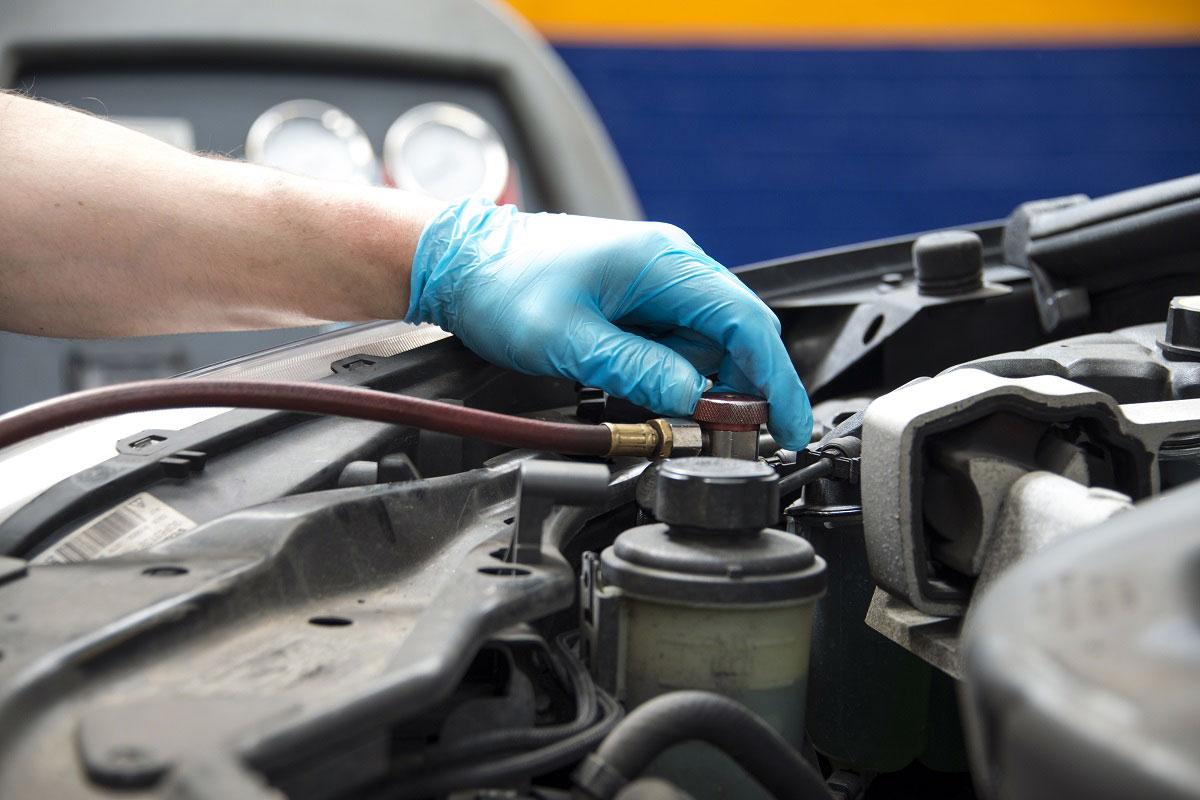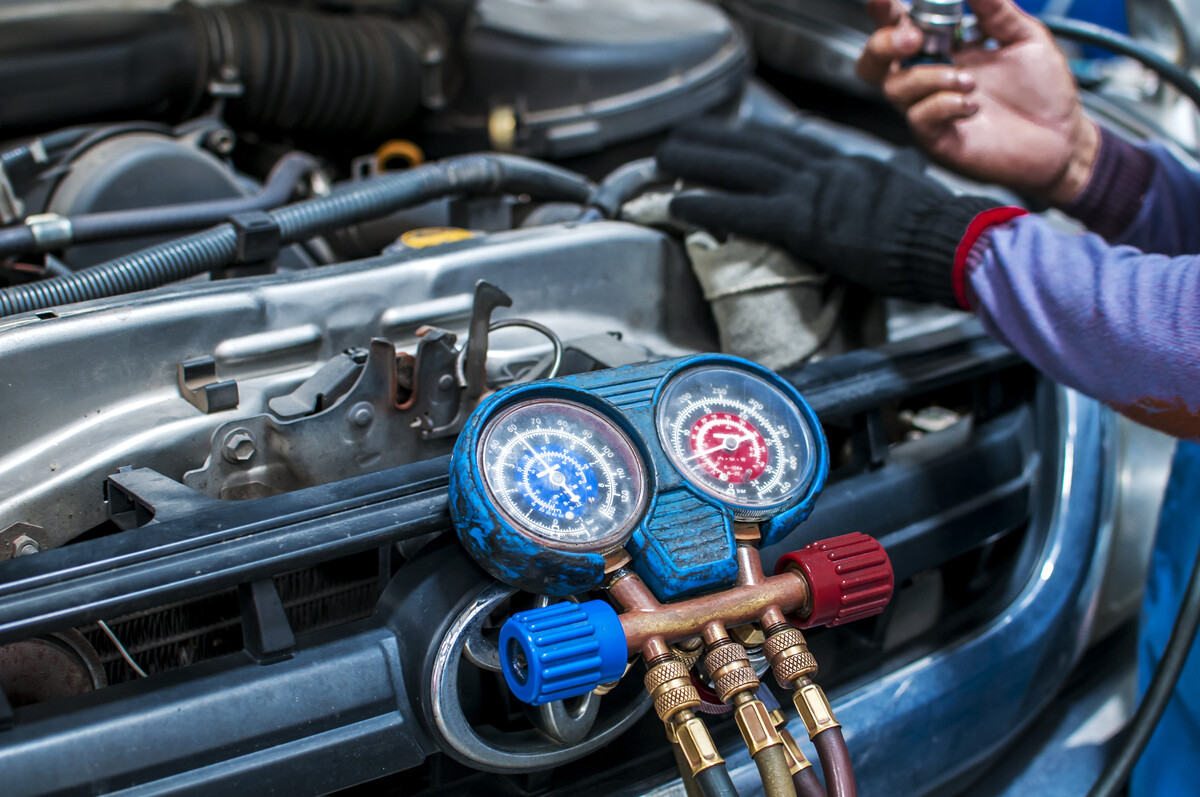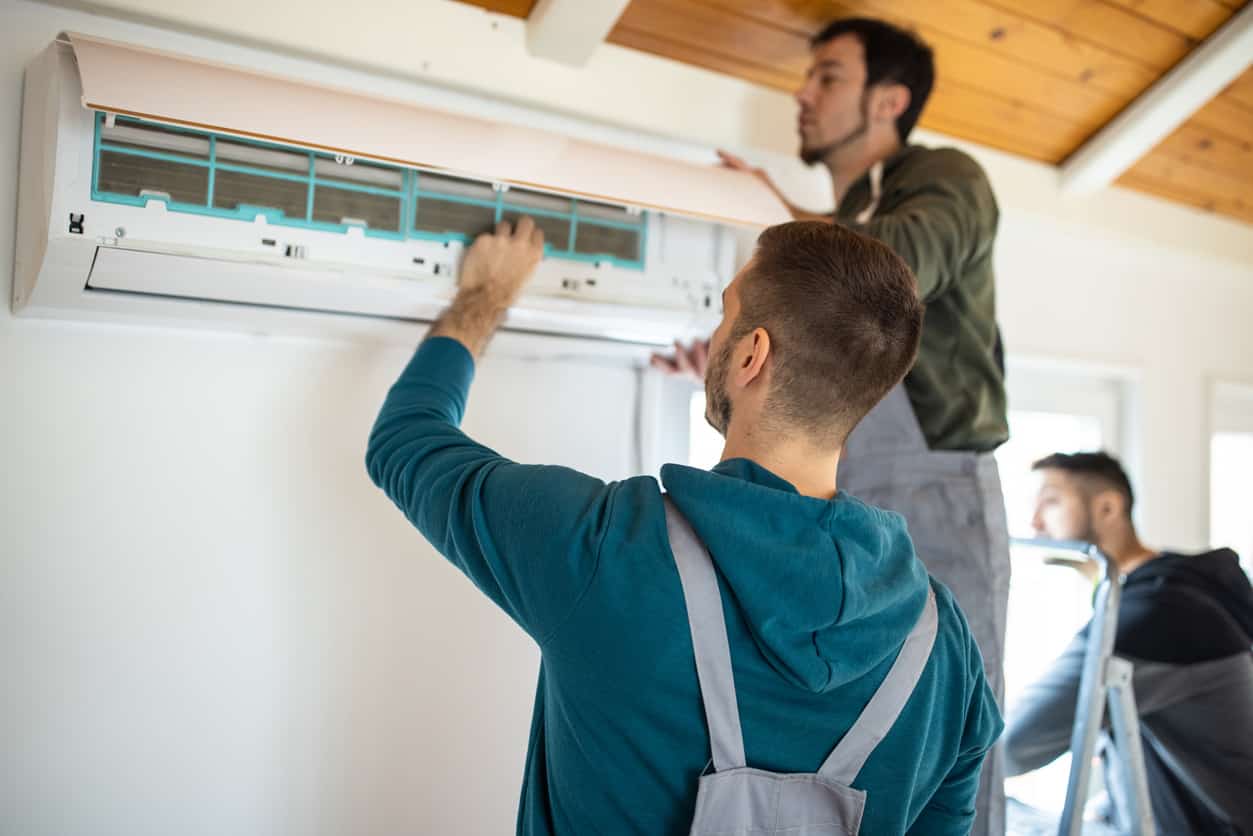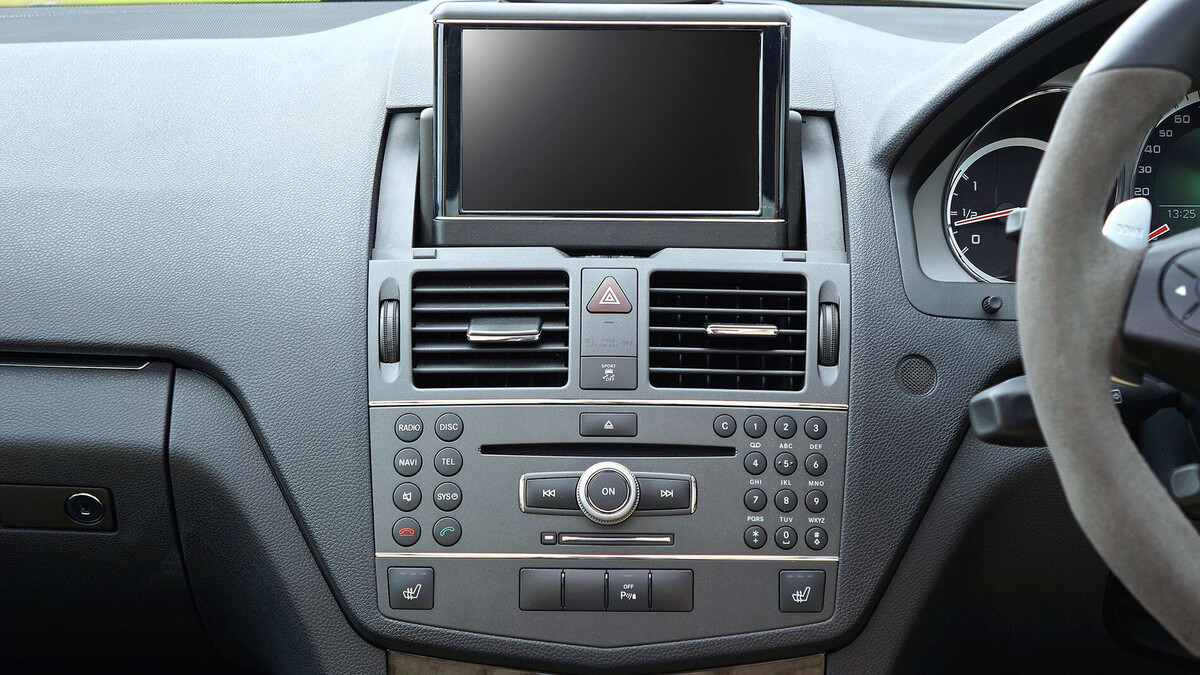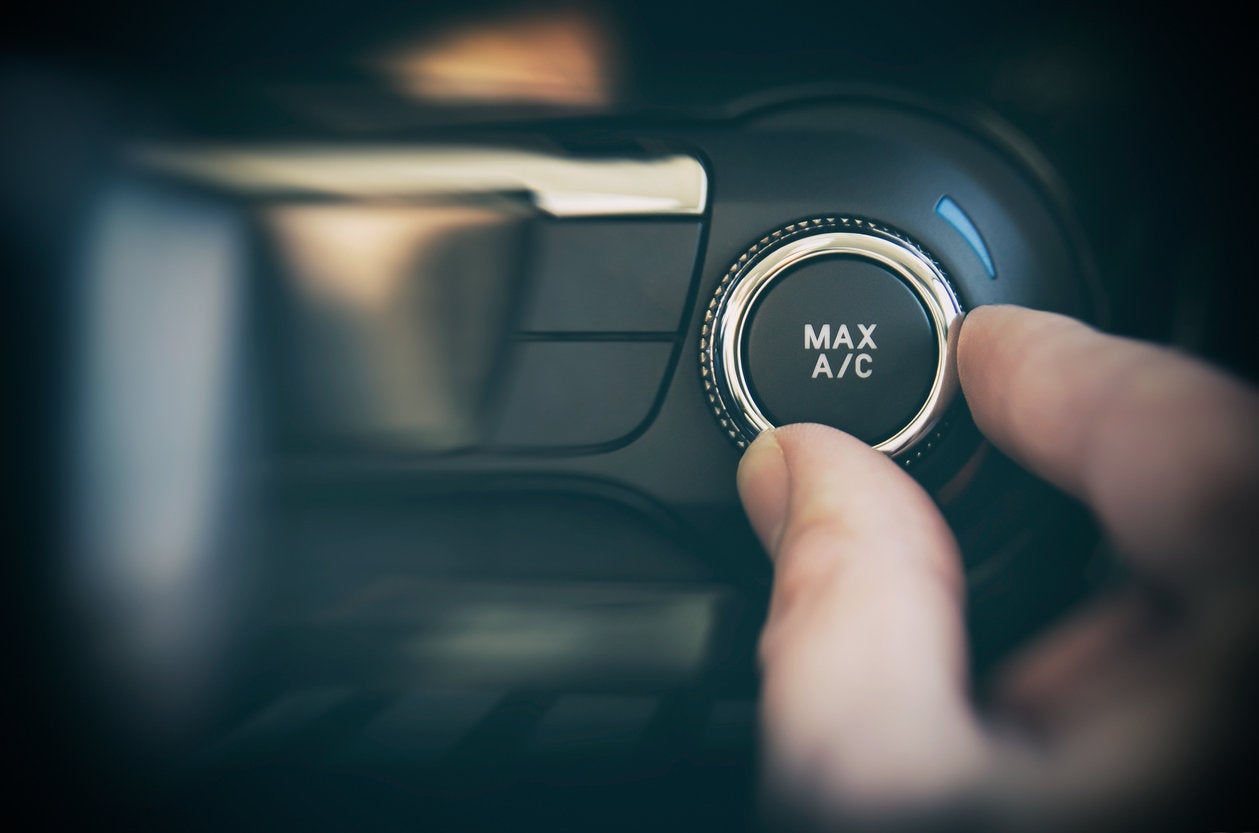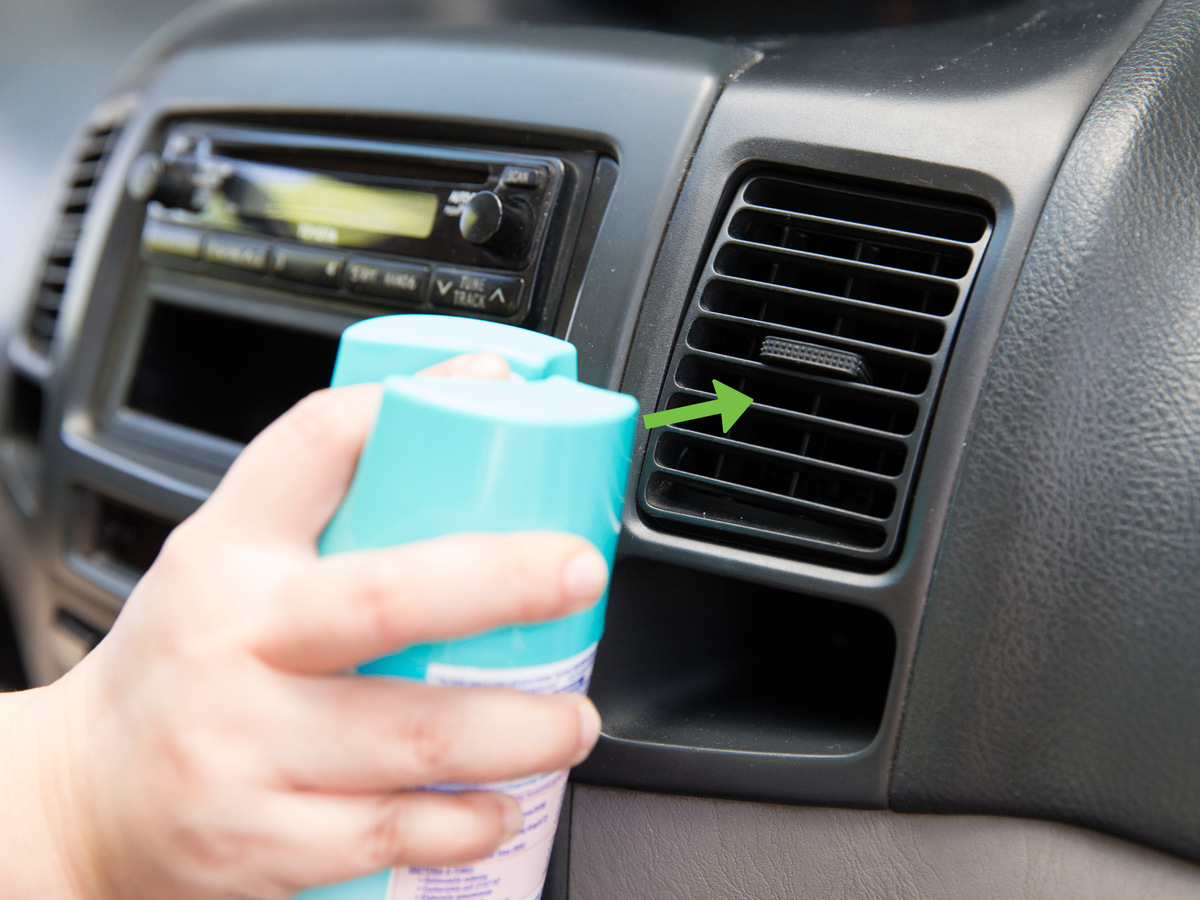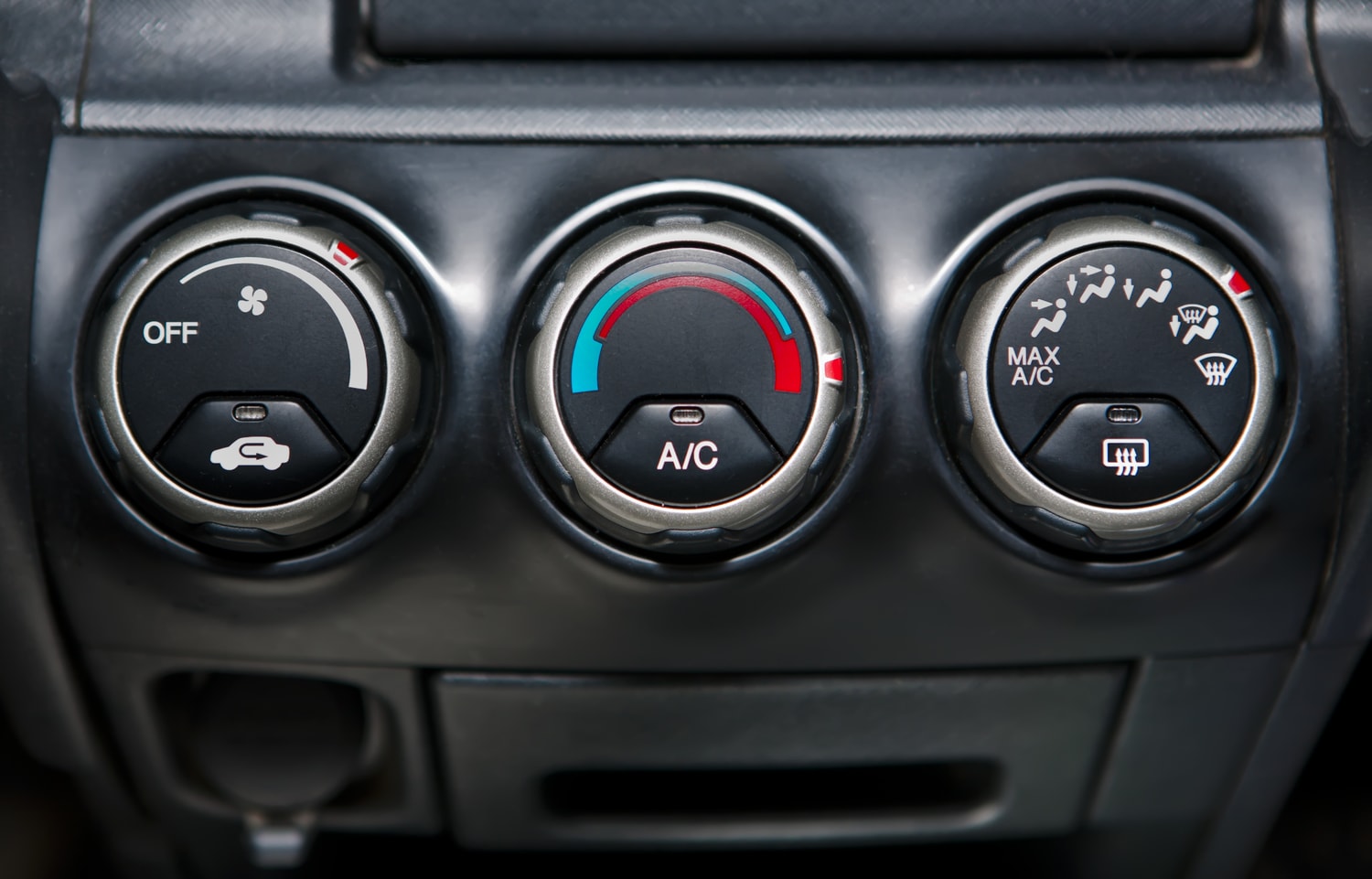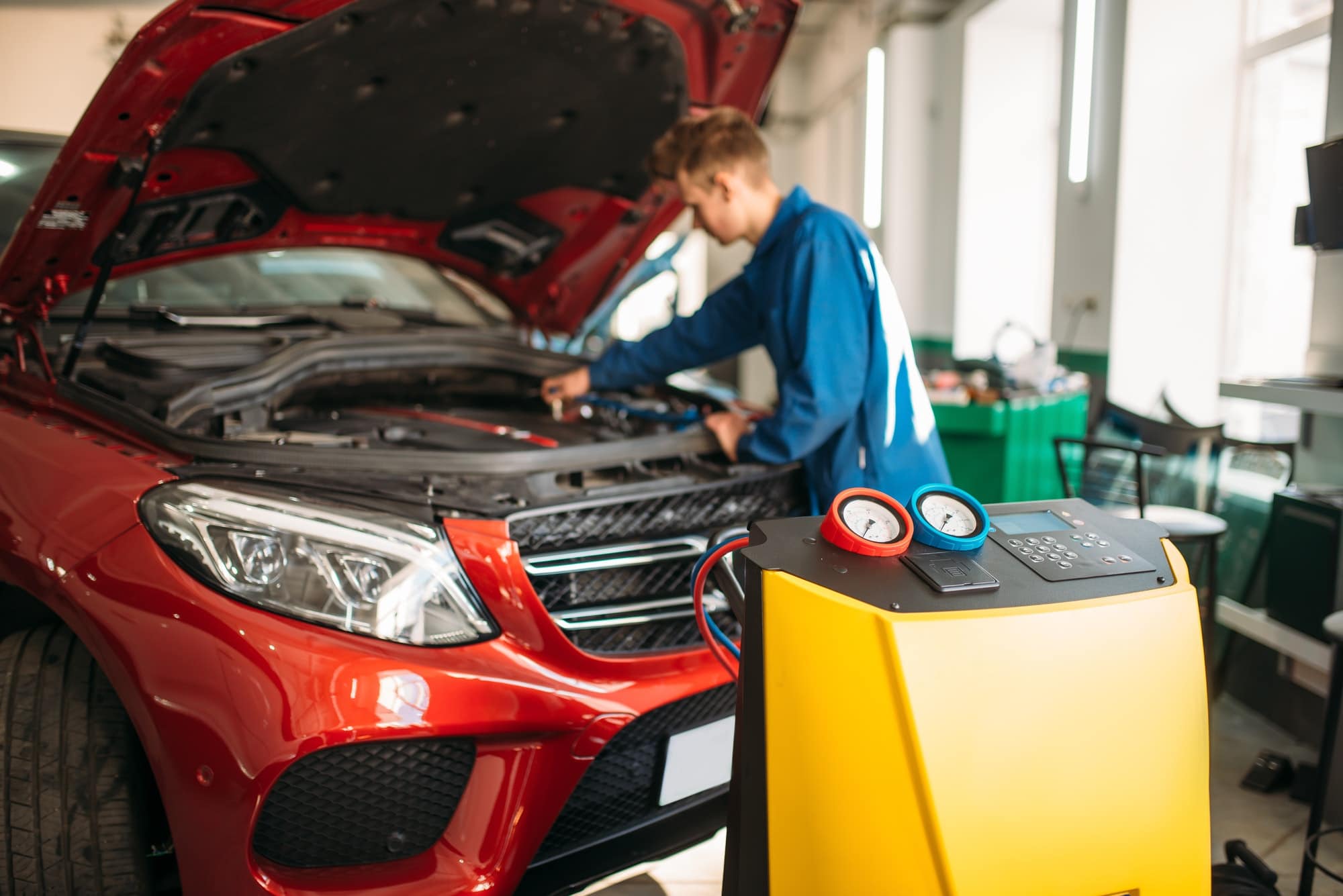Home>Home Maintenance>What Is Dual Air Conditioning In A Car
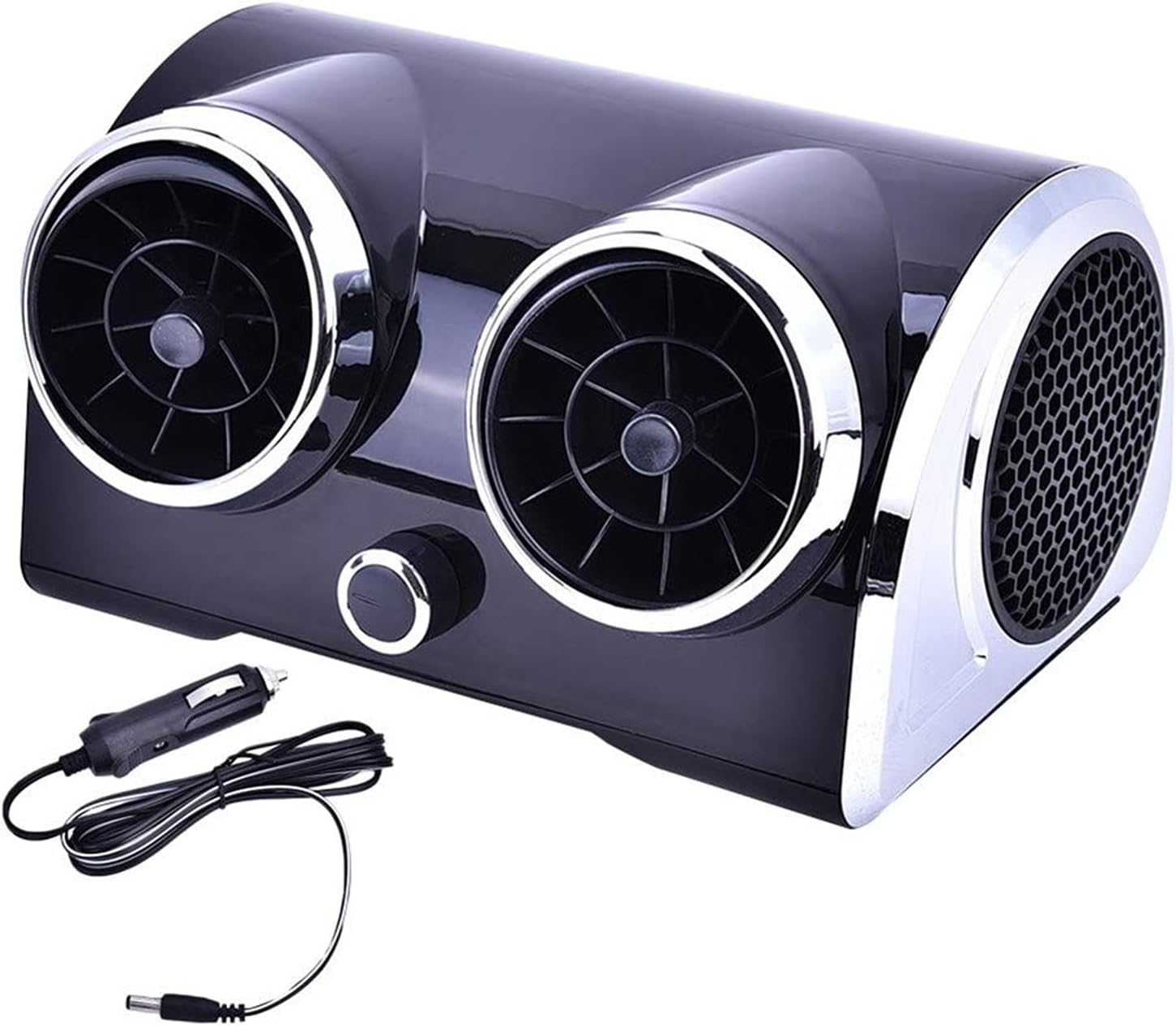

Home Maintenance
What Is Dual Air Conditioning In A Car
Modified: March 6, 2024
Learn about dual air conditioning in cars and how it enhances comfort during hot summer days. Discover its benefits and impact on home maintenance.
(Many of the links in this article redirect to a specific reviewed product. Your purchase of these products through affiliate links helps to generate commission for Storables.com, at no extra cost. Learn more)
Introduction
Having a comfortable and pleasant driving experience is essential, especially during hot summers or chilly winters. One of the key factors that contribute to a comfortable ride is the air conditioning system in your car. While most vehicles come equipped with a standard air conditioning system, some manufacturers offer an additional feature known as dual air conditioning.
Dual air conditioning, also referred to as dual-zone climate control, provides independent temperature control for the driver and front passenger areas of the car. This feature allows each occupant to customize their preferred temperature settings, ensuring maximum comfort for everyone. In this article, we will explore how dual air conditioning works, the benefits it offers, as well as some drawbacks to consider.
Key Takeaways:
- Dual air conditioning in a car allows the driver and front passenger to set their own temperature, reducing arguments and creating a more harmonious journey for everyone.
- Regular maintenance and care are essential to keep the dual air conditioning system in optimal condition, ensuring a comfortable driving experience for years to come.
Read more: What Is Dual Zone Air Conditioning
How Dual Air Conditioning Works
Dual air conditioning works by utilizing two separate cooling systems within the vehicle, each responsible for controlling the temperature in a specific zone. The system consists of a dual-zone climate control unit, temperature sensors, and individual air vents for each zone.
The dual-zone climate control unit allows the driver and front passenger to set and adjust their desired temperature independently. Each individual temperature setting is then relayed to the respective cooling system, which regulates the airflow and adjusts the temperature accordingly.
The temperature sensors strategically placed throughout the vehicle measure the ambient temperature and send signals to the climate control unit. This feedback helps the system maintain the desired temperature in each zone. For instance, if the passenger zone is set to a lower temperature than the driver’s zone, the system will supply cooler air to the passenger side vents while maintaining a different temperature on the driver’s side.
Furthermore, the dual air conditioning system may feature additional controls such as fan speed, air distribution, and recirculation options. These controls allow users to customize their airflow preferences for maximum comfort.
It is important to note that the dual air conditioning system operates independently for each zone, and adjustments made by one occupant will not affect the other. This feature is especially useful when two people have different temperature preferences. With dual air conditioning, everyone can enjoy their own personalized comfort level.
Benefits of Dual Air Conditioning in a Car
Having dual air conditioning in your car offers several advantages that contribute to a more comfortable and enjoyable driving experience. Here are some of the key benefits:
- Individual Comfort: One of the primary benefits of dual air conditioning is the ability to set and maintain individual temperature preferences for the driver and front passenger zones. This feature ensures that each occupant can enjoy their desired level of cooling or heating, eliminating any discomfort caused by temperature differences.
- Improved Air Quality: Dual air conditioning systems typically include advanced air filtration systems, which remove dust, pollen, and other airborne particles from the incoming air. This results in cleaner and fresher air circulating inside the vehicle, providing a healthier environment for the occupants.
- Reduced Arguments: In many cases, disagreements over the temperature inside the car can lead to arguments and discomfort for both the driver and passengers. With dual air conditioning, these arguments can be minimized or eliminated altogether, as each passenger can control their own temperature settings, reducing conflicts and ensuring a harmonious journey.
- Individualized Climate Zones: Dual air conditioning allows for the creation of separate climate zones within the car. This means that the driver and front passenger areas can have different temperature settings, suitable for their specific needs. For example, the driver may prefer a slightly cooler temperature while the passenger prefers a warmer setting. Dual air conditioning accommodates these preferences, ensuring optimal comfort for all.
- Optimal Performance: With dual air conditioning, each cooling system works independently to maintain the desired temperature in each zone. This enhances the overall efficiency and performance of the air conditioning system, as it can focus on regulating the temperature in specific areas rather than struggling to provide consistent cooling throughout the entire cabin.
In summary, dual air conditioning in a car offers individualized comfort, improved air quality, reduced conflicts, customizable climate zones, and optimal system performance. These benefits make road trips more enjoyable and help create a pleasant environment for both the driver and passengers.
Dual air conditioning in a car means there are separate climate controls for the driver and passenger. This allows each person to set their own temperature preference for comfort.
Drawbacks of Dual Air Conditioning in a Car
While dual air conditioning systems provide numerous benefits, it is important to consider some potential drawbacks before deciding if it is the right choice for you. Here are a few drawbacks to be aware of:
- Cost: Dual air conditioning systems are often considered an upgrade or an optional feature in vehicles, which means they can be more expensive compared to standard air conditioning systems. If budget is a concern, it is important to weigh the benefits against the added cost.
- Complexity: Dual air conditioning systems are more complex than traditional systems, as they require separate cooling units, temperature sensors, and controls for each zone. This complexity can lead to potential maintenance and repair issues, requiring specialized knowledge and expertise when servicing the system.
- Space and Weight: Integrating dual air conditioning into a car may require additional space and components, which can add weight to the vehicle. This extra weight can impact fuel efficiency and overall performance. It is important to consider the trade-off between comfort and potential effects on the vehicle’s dynamics.
- Increased Energy Consumption: Running two separate cooling systems simultaneously can result in higher energy consumption compared to a single system. This can have an impact on fuel efficiency, particularly during long drives or in situations where the system is frequently used.
- Potential Maintenance Costs: As with any complex system, dual air conditioning may require more frequent maintenance and potentially costlier repairs. It is important to follow the manufacturer’s recommended maintenance schedule and address any issues promptly to avoid costly repairs down the line.
Considering these drawbacks alongside the benefits is essential to make an informed decision about whether dual air conditioning is the right choice for your specific needs and priorities.
Maintenance and Care of Dual Air Conditioning System
Proper maintenance and care of the dual air conditioning system in your car are crucial to ensure its longevity and optimal performance. Here are some essential maintenance tips to keep in mind:
- Regular Inspections: Schedule regular inspections with a qualified technician to assess the condition of your dual air conditioning system. They can check for any leaks, inspect hoses, valves, and filters, and ensure that all components are functioning properly.
- Keep the System Clean: Regularly clean the air vents and filters to prevent dust and debris from accumulating. Clogged filters can reduce airflow and affect the system’s efficiency. Consult your vehicle’s manual for specific instructions on how to clean the air vents and replace the filters.
- Refrigerant Level Check: The refrigerant is essential for the cooling process in your air conditioning system. If you notice a decrease in cooling performance, have a professional technician check the refrigerant levels. Low refrigerant levels can indicate a leak, which should be addressed promptly.
- Use the System Regularly: To keep the dual air conditioning system in good working condition, it is important to use it regularly, even during colder seasons. Operating the system periodically helps maintain proper lubrication and prevents seals from drying out, which can lead to leaks or malfunctions.
- Address Strange Noises or Odors: If you notice any unusual noises or unpleasant odors coming from the air conditioning system, it could indicate a problem. These issues should be addressed promptly by a qualified technician. Ignoring such signs may lead to more significant problems and costly repairs later on.
- Follow Manufacturer’s Maintenance Schedule: Adhere to the manufacturer’s recommended maintenance schedule for your dual air conditioning system. This includes regular servicing, refrigerant checks, filter replacements, and any other specified maintenance tasks. Following the recommended guidelines ensures that your system remains in optimal condition.
- Seek Professional Help: If you encounter any issues or suspect a problem with your dual air conditioning system, it is best to seek the assistance of a professional technician. They have the knowledge and expertise to diagnose and repair any issues effectively and ensure the system’s proper functioning.
By following these maintenance tips and caring for your dual air conditioning system, you can prolong its lifespan, maintain optimal performance, and enjoy a comfortable driving experience all year round.
Read more: What Is The Purpose Of Air Conditioning
Conclusion
Dual air conditioning systems provide a significant enhancement to the comfort and convenience of your driving experience. With the ability to independently control the temperature in the driver and front passenger zones, you can enjoy customized comfort levels and reduce conflicts over differing temperature preferences.
While there are some drawbacks to consider, such as the additional cost, complexity, and potential maintenance requirements, the benefits of dual air conditioning often outweigh these concerns. The individualized comfort, improved air quality, and optimized performance that dual air conditioning offers contribute to a more enjoyable journey for both the driver and passengers.
To ensure the longevity and optimal performance of your dual air conditioning system, regular maintenance and care are essential. Schedule inspections with a qualified technician, keep the system clean, check refrigerant levels and address any issues promptly. By following the manufacturer’s maintenance schedule and seeking professional help when needed, you can keep your system in excellent condition.
In conclusion, dual air conditioning is a valuable feature for anyone seeking enhanced comfort and convenience while driving. With its ability to create individual climate zones and meet different temperature preferences, dual air conditioning ensures a more pleasant journey for all occupants. Keep your system well-maintained, and you’ll be able to enjoy the benefits of dual air conditioning for years to come.
Frequently Asked Questions about What Is Dual Air Conditioning In A Car
Was this page helpful?
At Storables.com, we guarantee accurate and reliable information. Our content, validated by Expert Board Contributors, is crafted following stringent Editorial Policies. We're committed to providing you with well-researched, expert-backed insights for all your informational needs.
